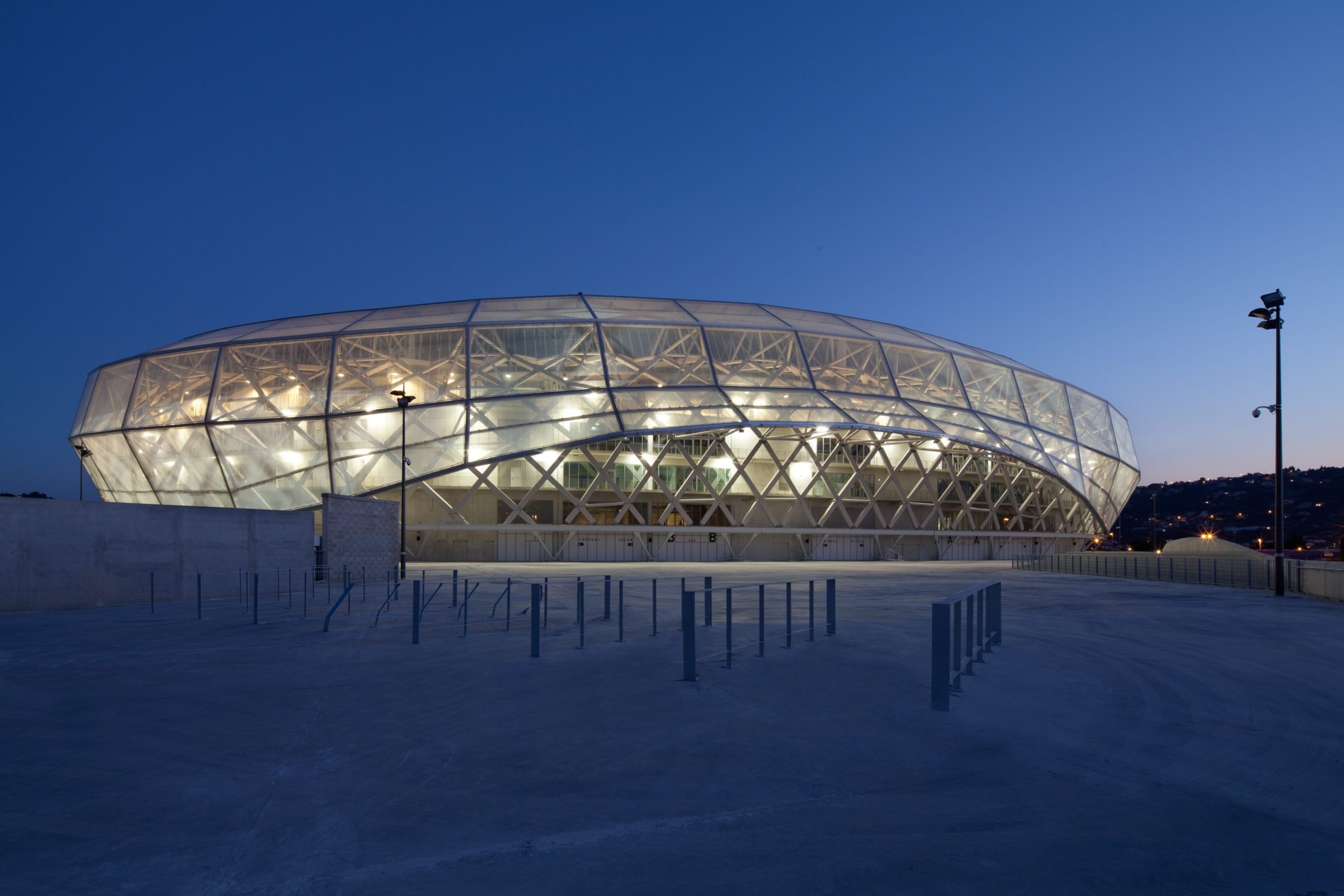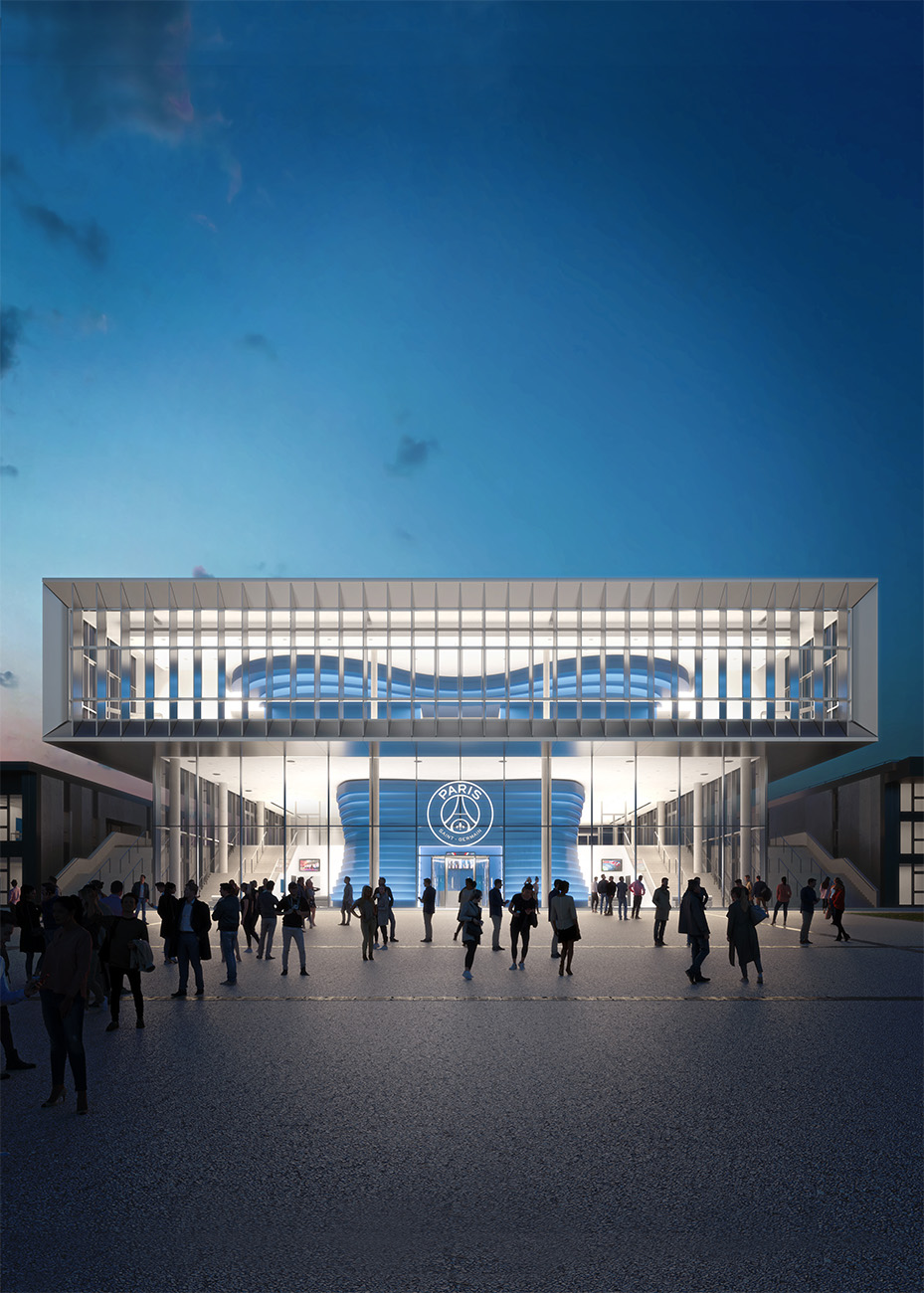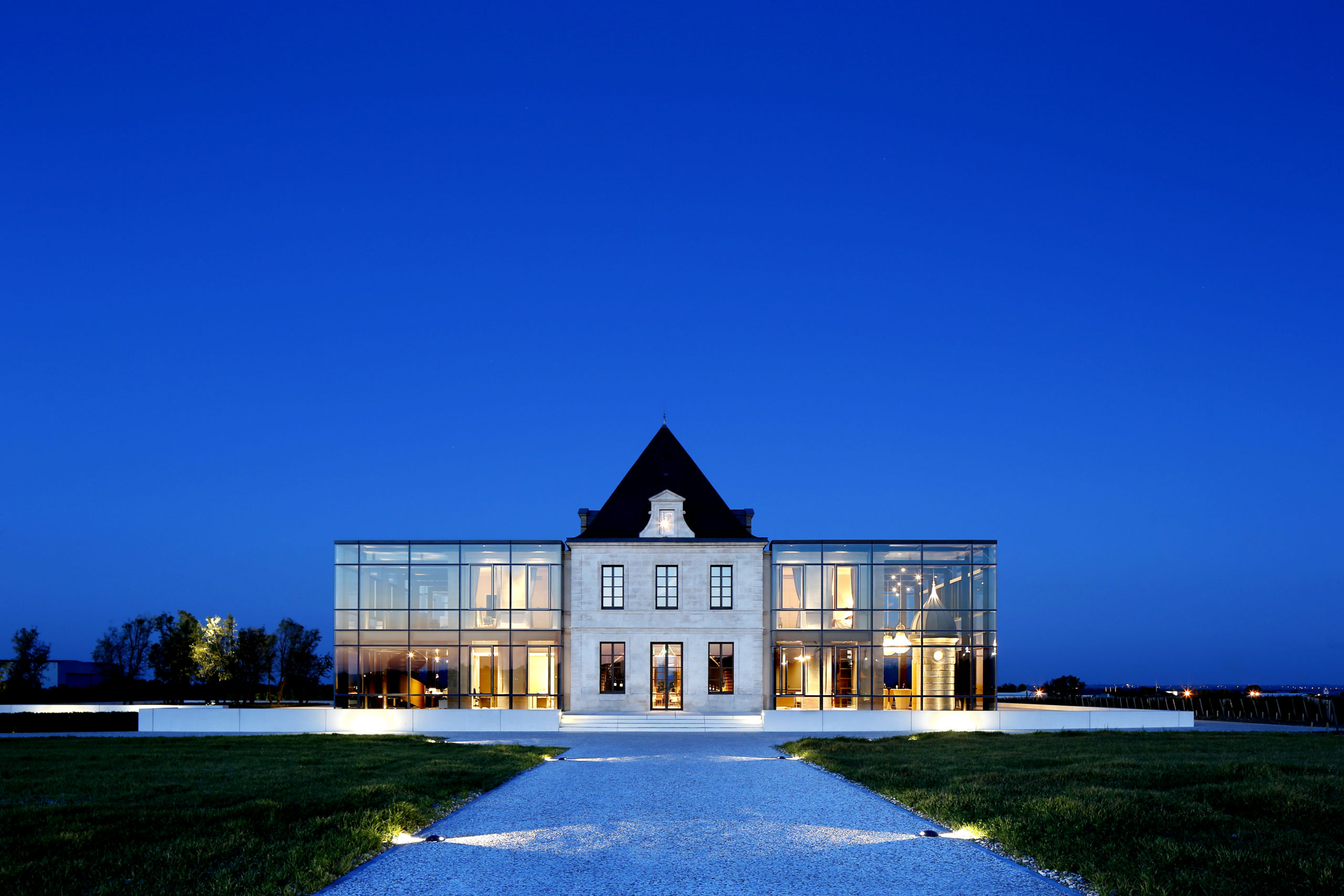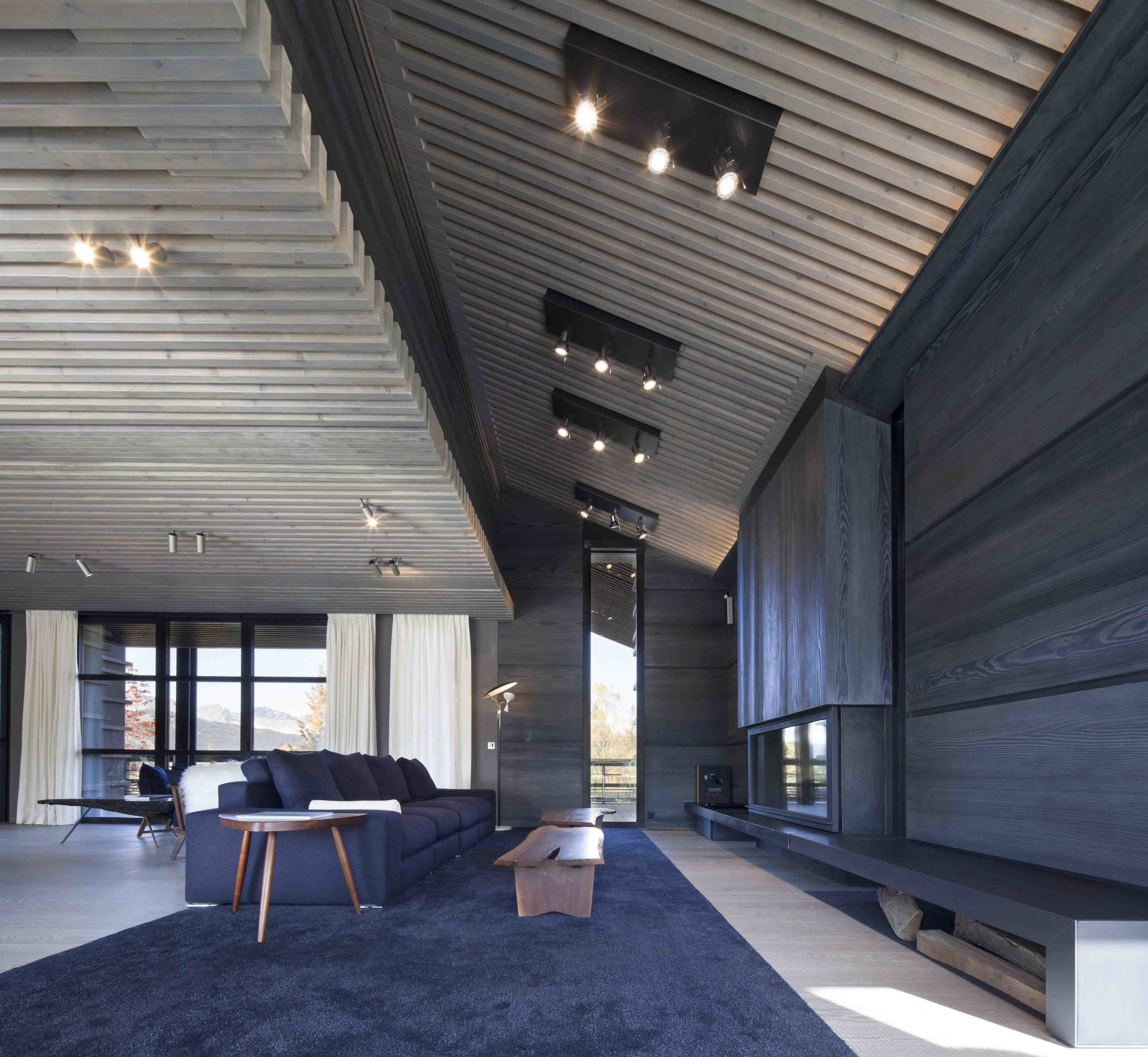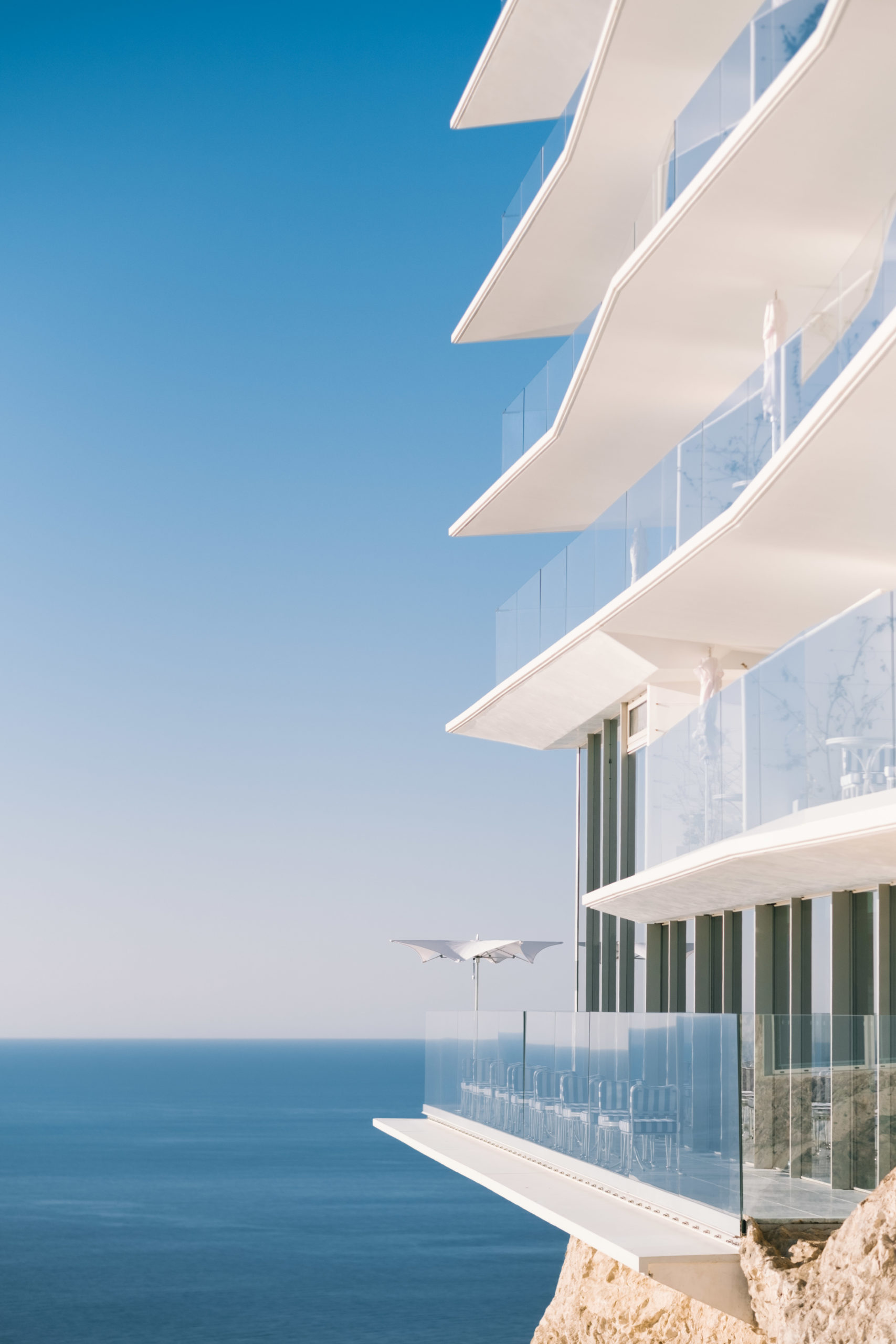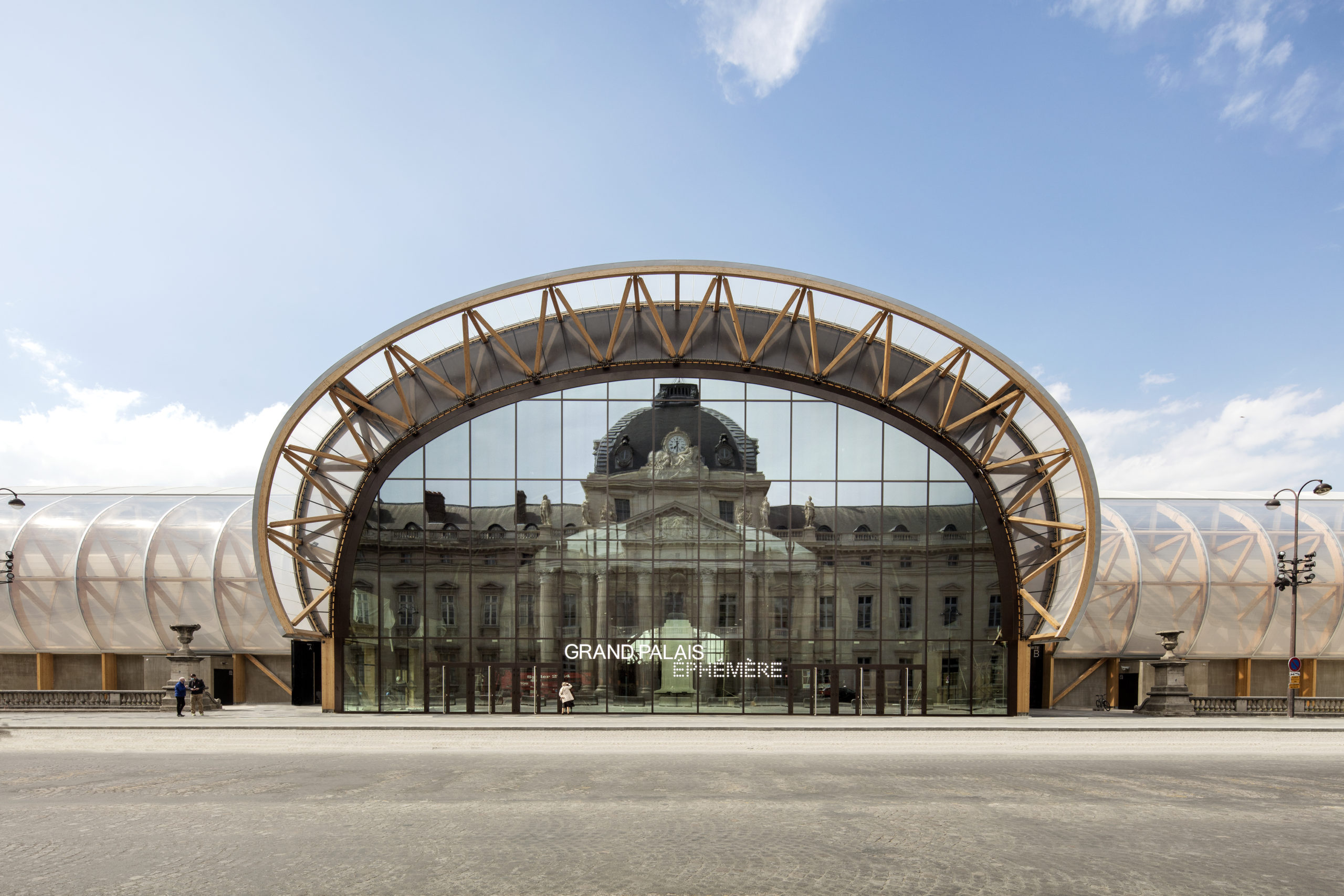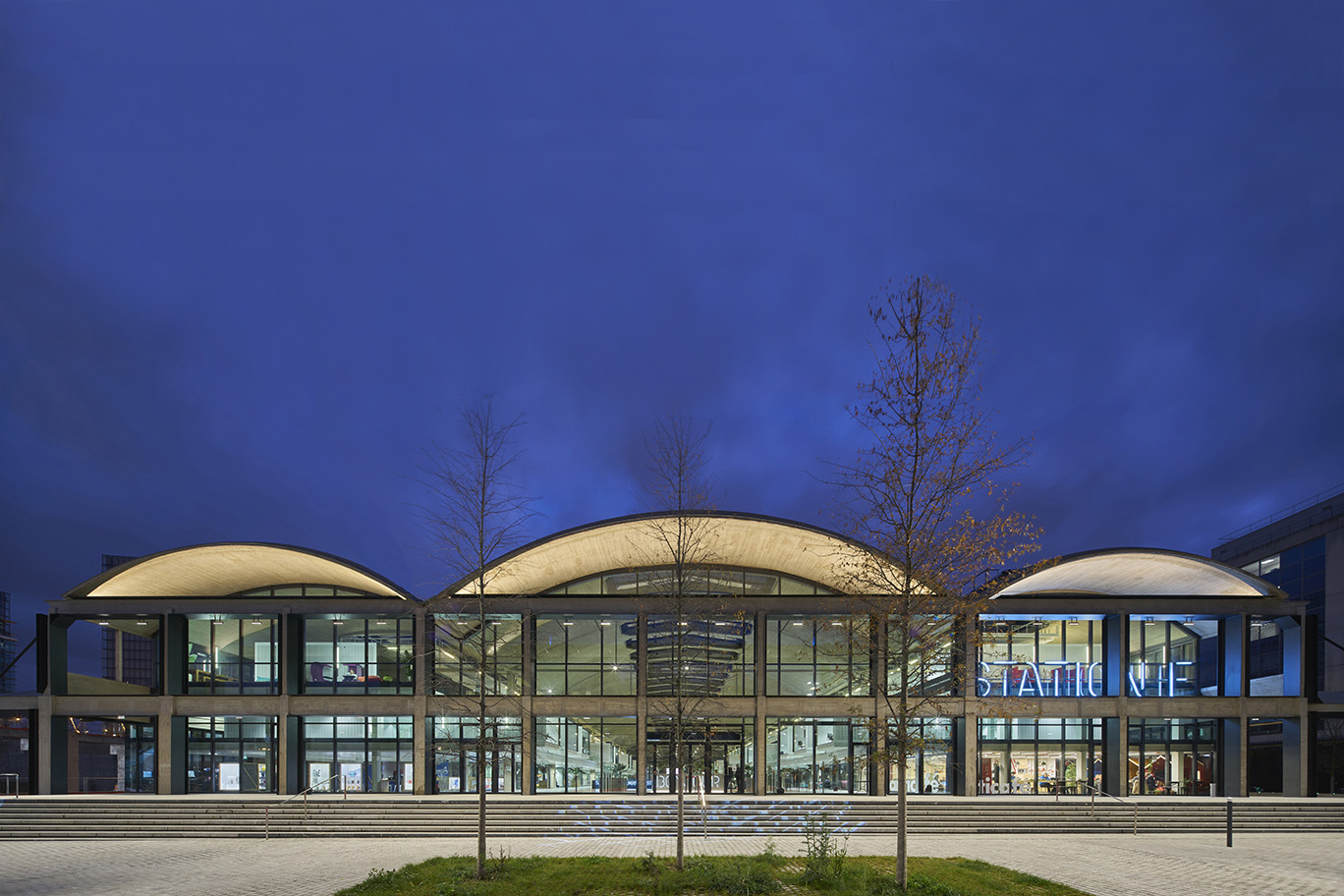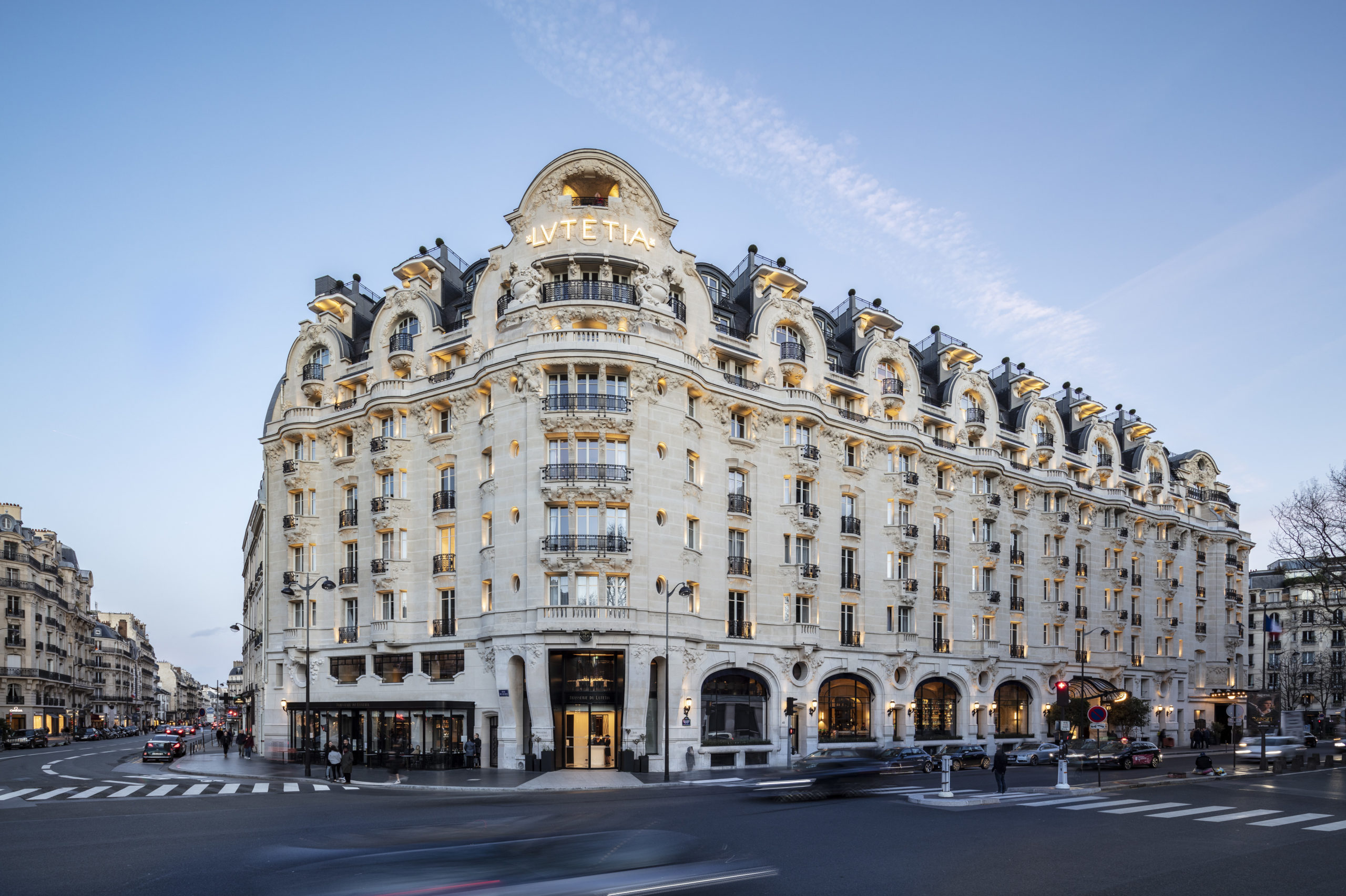Projects
Wilmotte & Associés is an atypical architecture firm due to its wide-ranging production. The diverse project scales and programmes we develop are a continual source of surprise. We forge links between built and unbuilt spaces in order to create experiences and not only buildings.

Search

Filter


Val-de-Fontenay subway station
Fontenay-sous-Bois, France
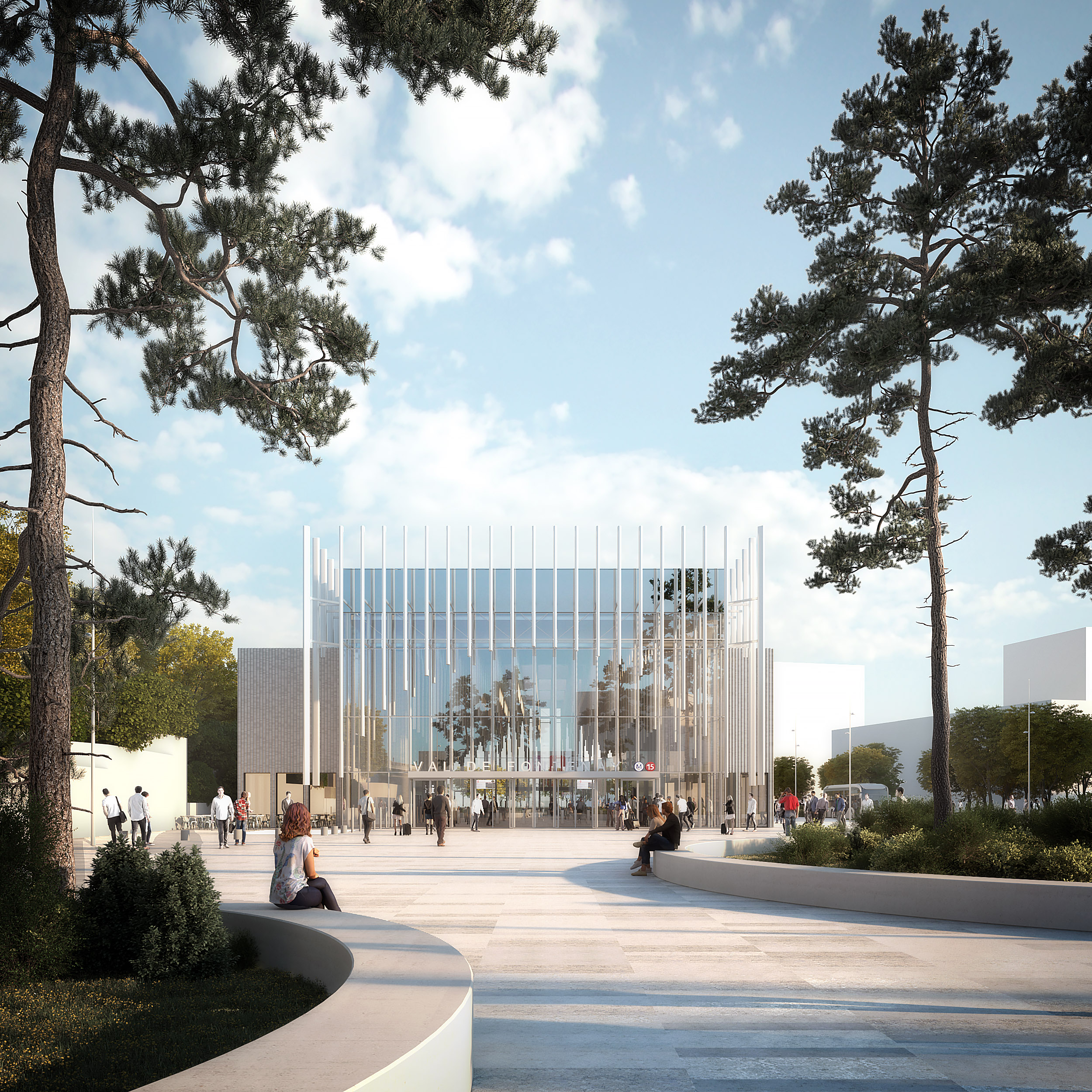

Typology :
Transport – Infrastructure
Job :
Architecture
Coming soon
2031
Place :
Fontenay-sous-Bois, France

Refurbishment of a former prison
Riom, France
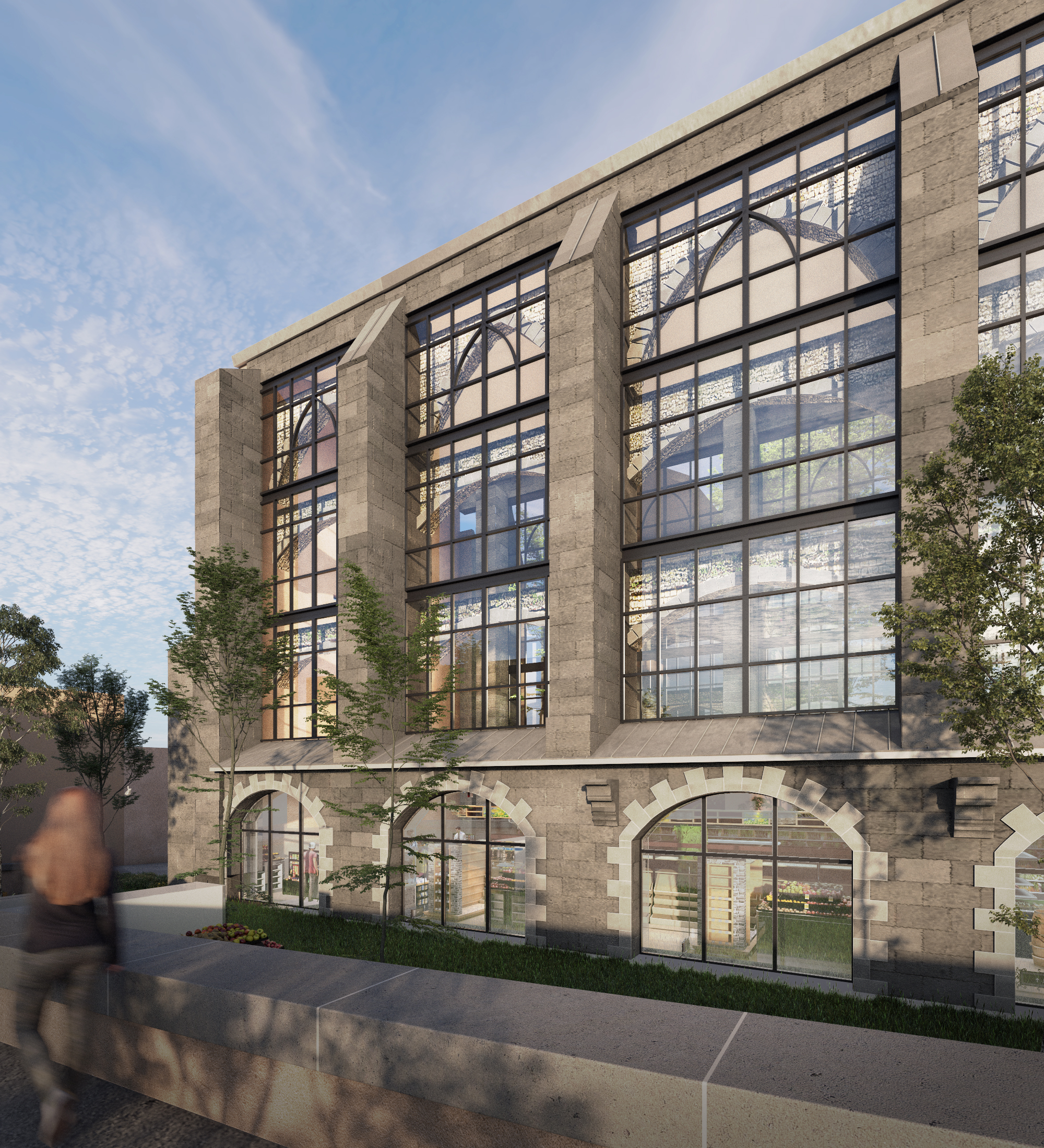

Typology :
Education & Universities
Job :
Architecture, Town planning
In progress
2028
Place :
Riom, France

Museum of the Abbaye Sainte-Croix
Sables d’Olonne, France
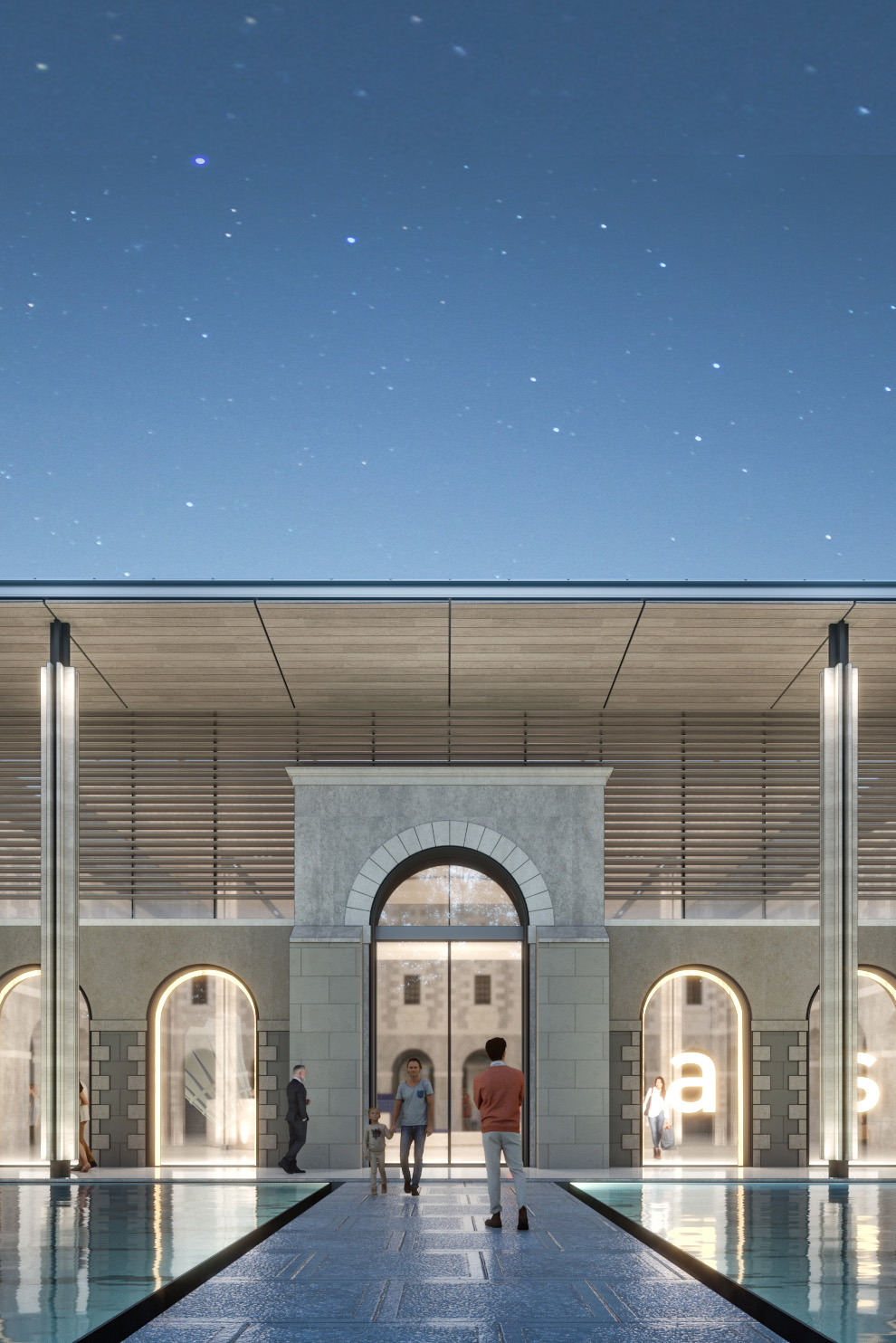

Typology :
Museum - Gallery
Job :
Interior design, Museography
In progress
2027
Place :
Sables d’Olonne, France

Rabat racecourse
Rabat, Morocco
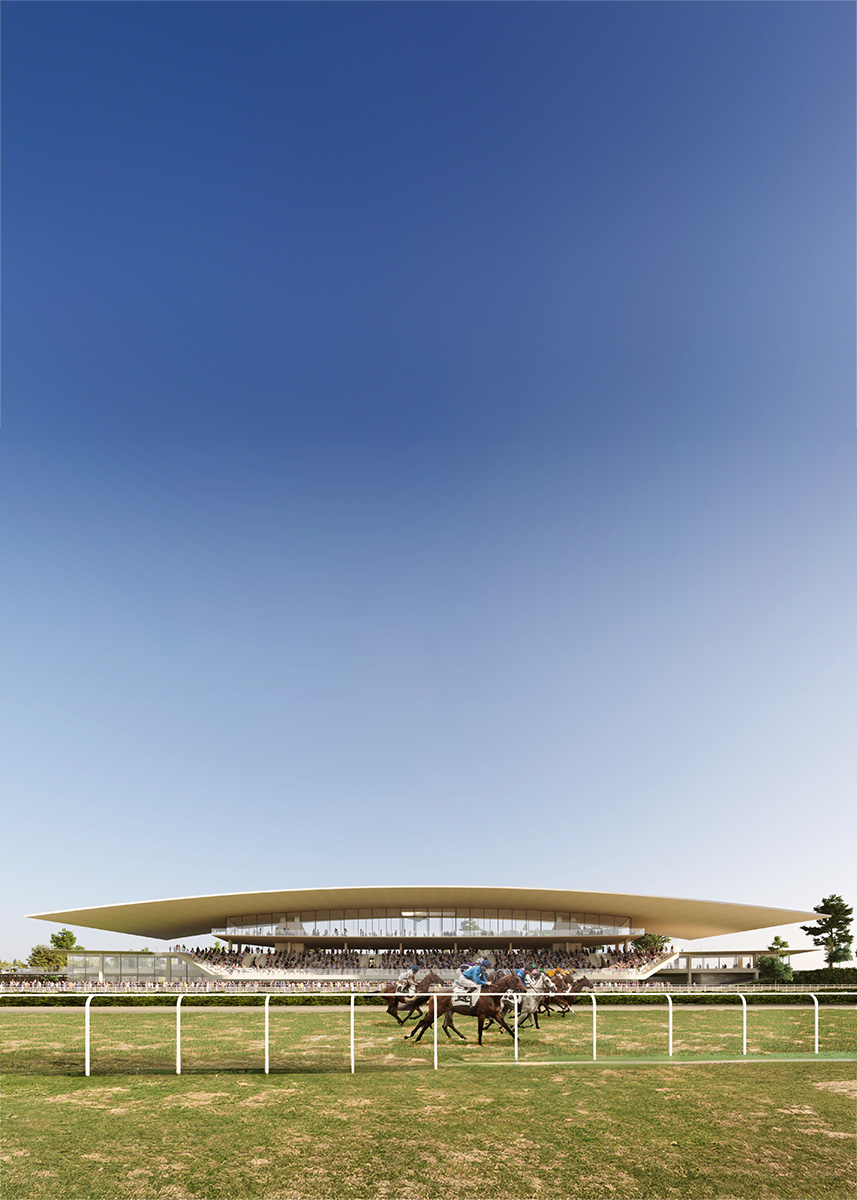

Typology :
Sports buildings
Job :
Architecture
Coming soon
2026
Place :
Rabat, Morocco

THE SILKROAD MUSEUM
Uzbekistan
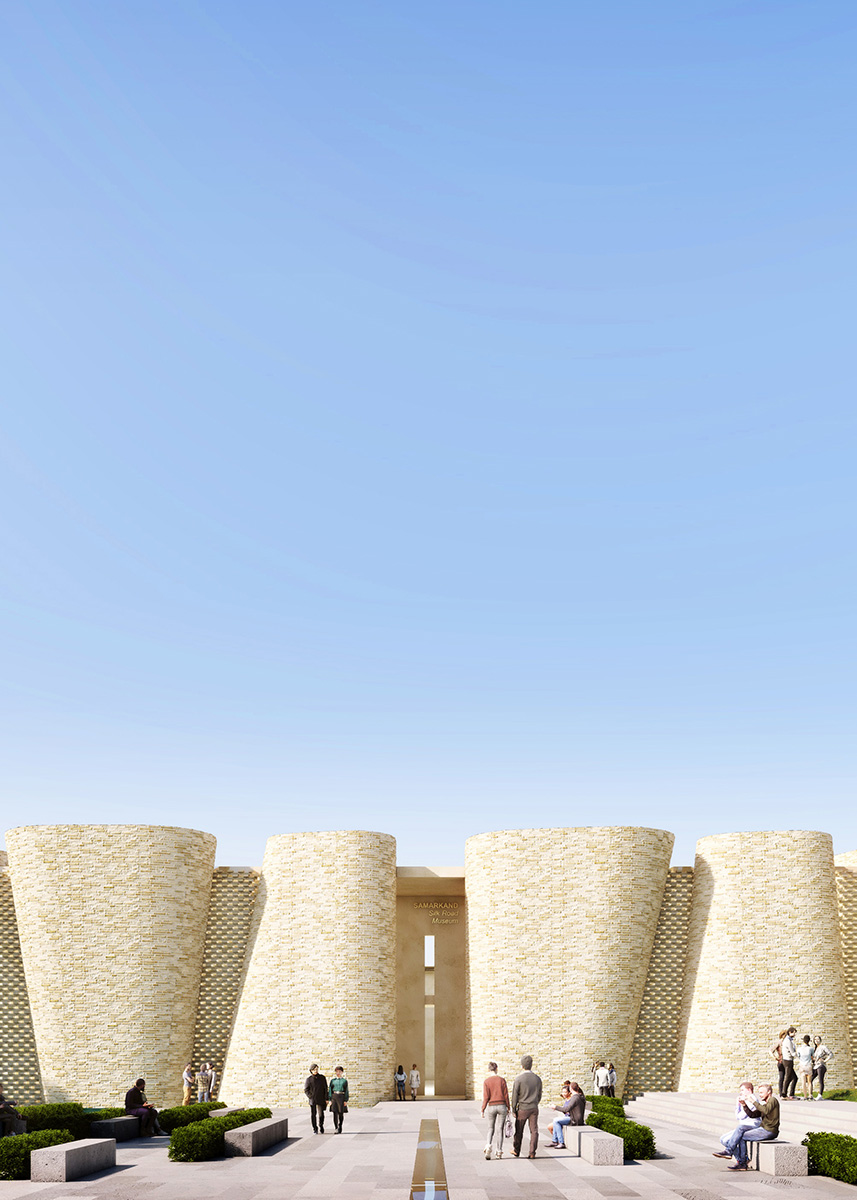

Typology :
Museum - Gallery
Job :
Architecture, Museography
Coming soon
2026
Place :
Uzbekistan

Arianeo
Nice, France
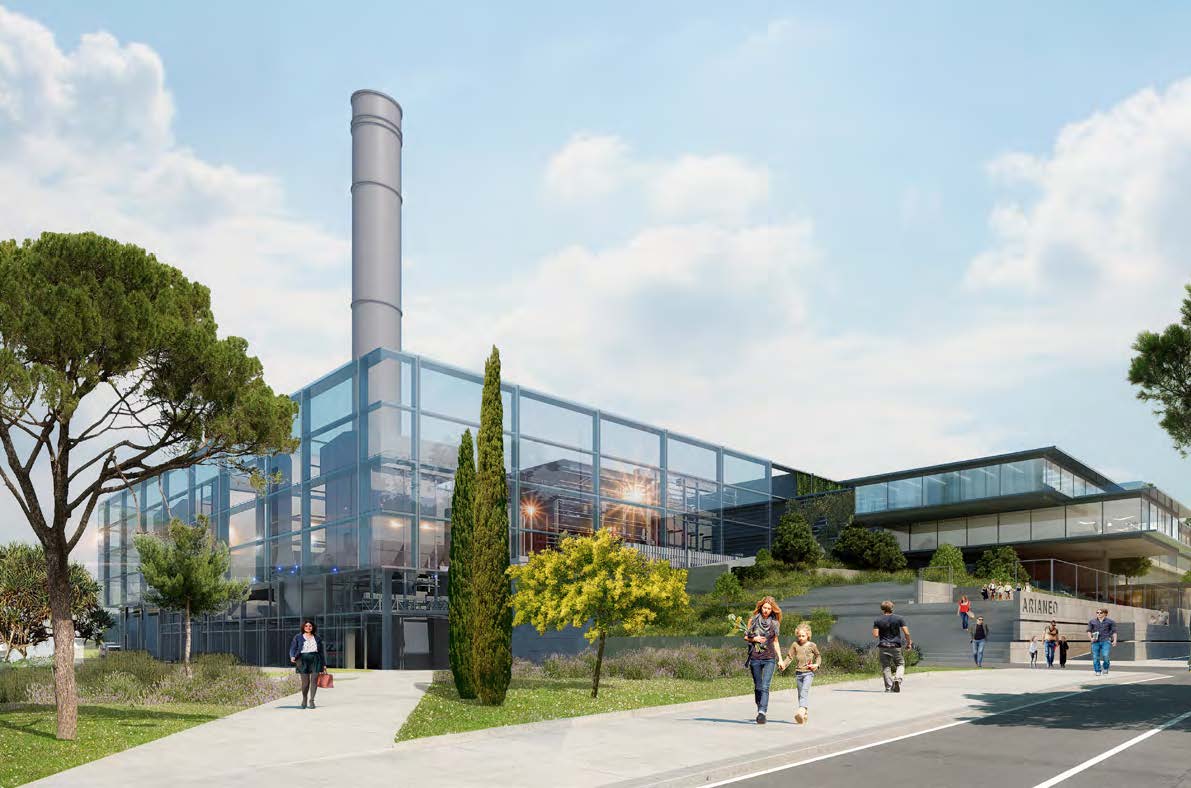

Typology :
Industry
Job :
Architecture
In progress
2026
Place :
Nice, France

Breus Art Center
Tbilissi, Géorgie


Typology :
Museum - Gallery
Job :
Architecture, Interior design, Museography
Coming soon
2025
Place :
Tbilissi, Géorgie

The Stack
Germany
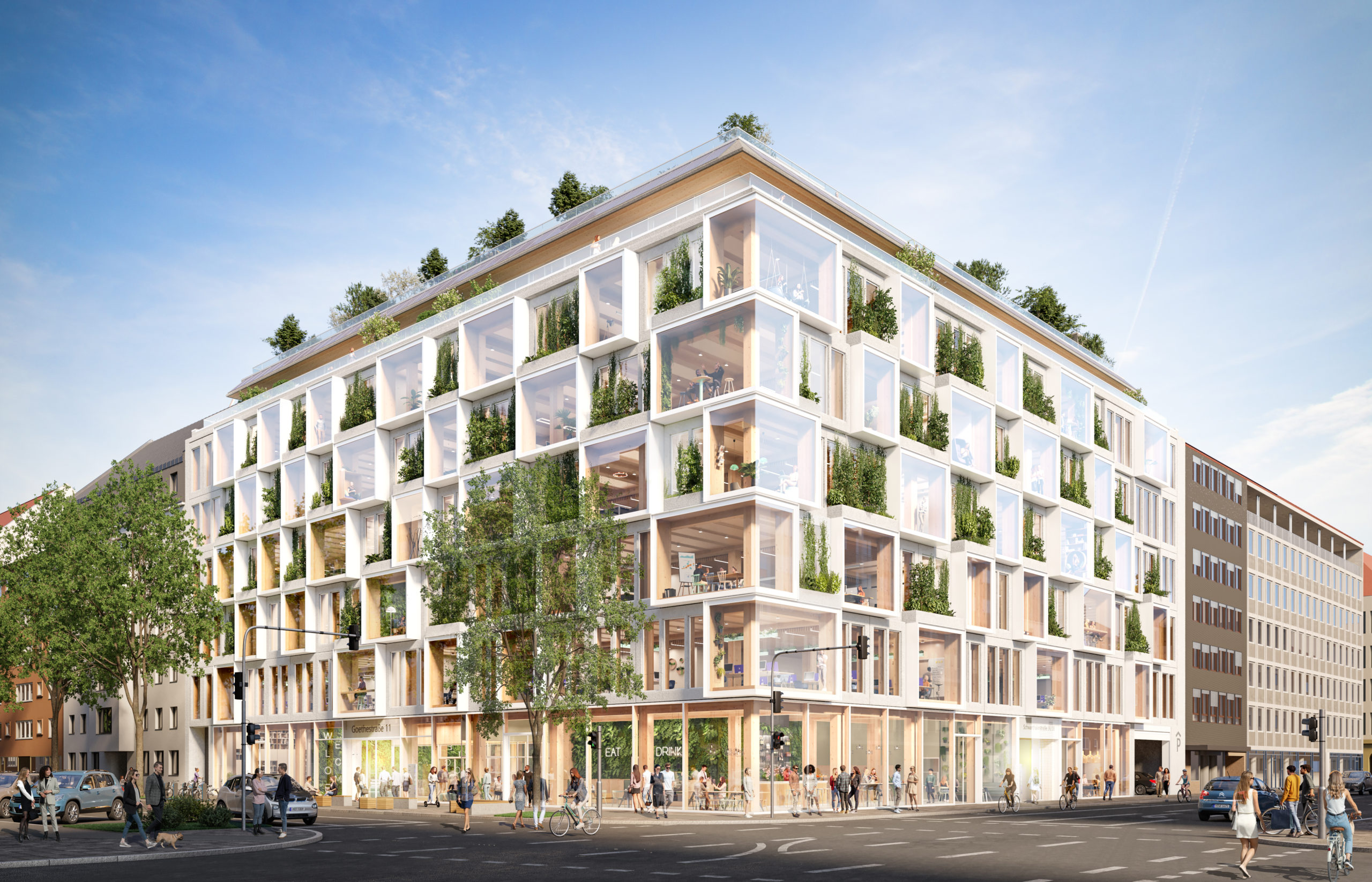

Typology :
Offices
Job :
Architecture
In progress
2025
Place :
Germany

Centre for Islamic Civilisation
Tachkent, Ouzbékistan
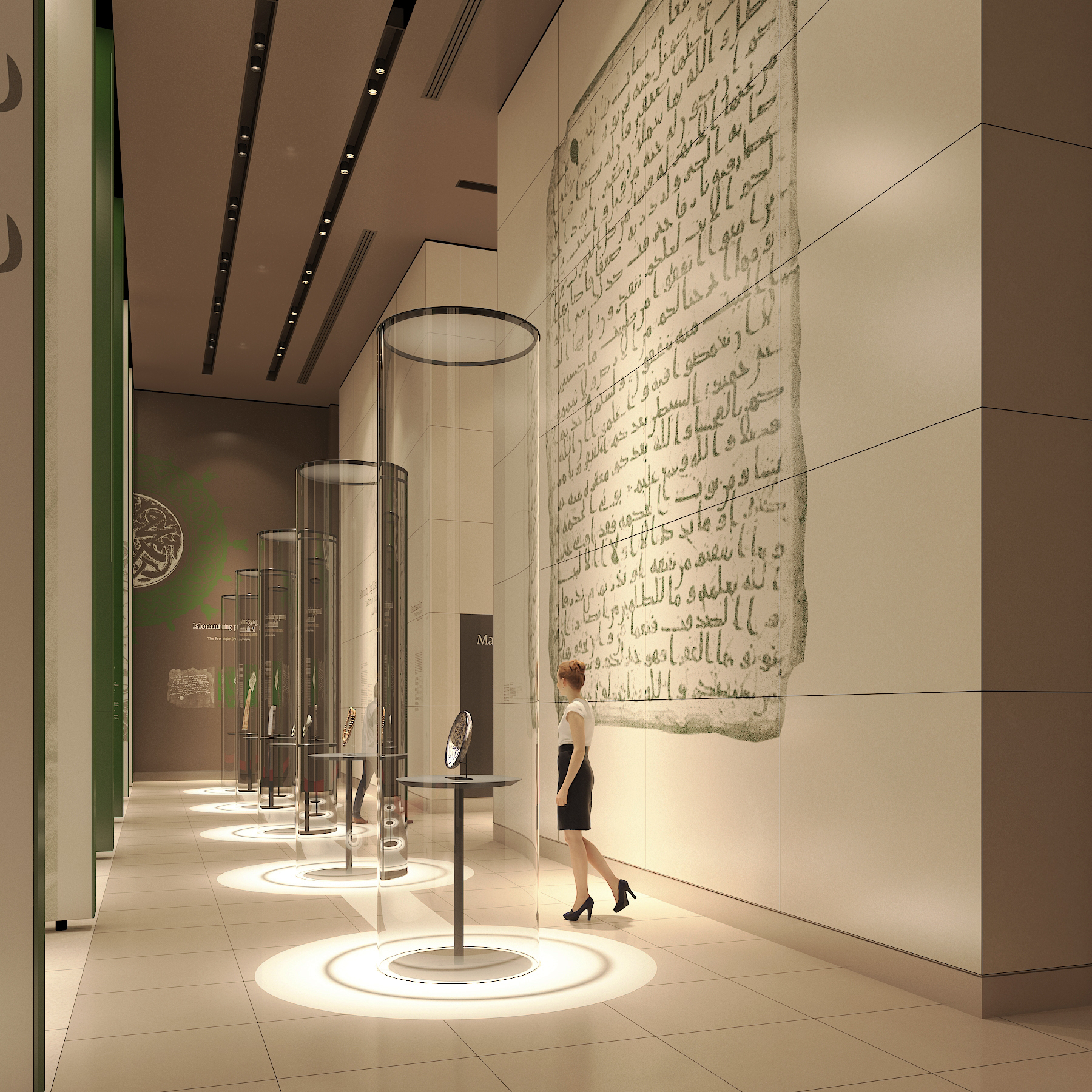

Typology :
Museum - Gallery
Job :
Museography
In progress
2025
Place :
Tachkent, Ouzbékistan

ArcelorMittal Kirchberg Headquarters
Luxembourg
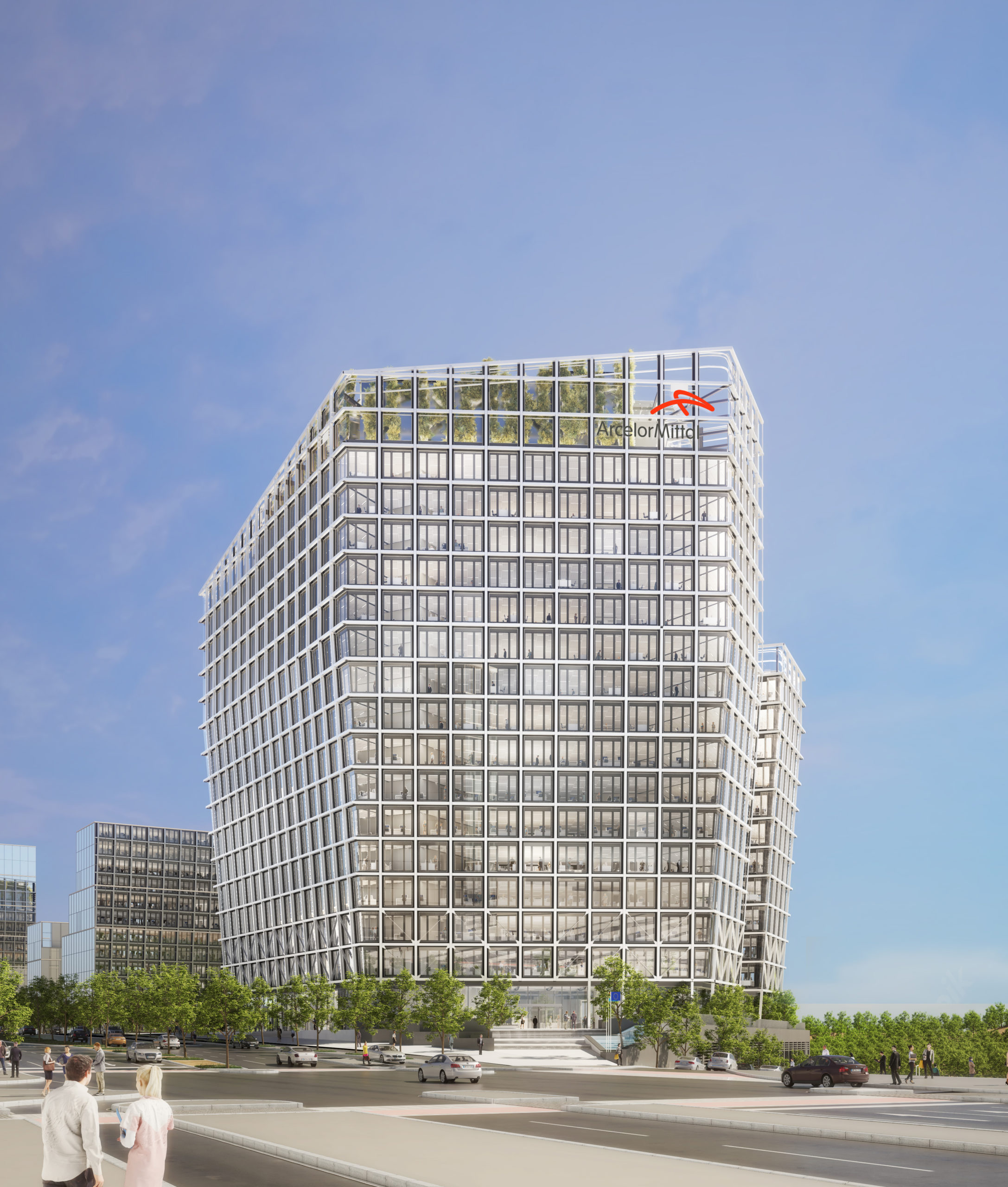

Typology :
Offices
Job :
Architecture
In progress
2025
Place :
Luxembourg

Police headquarters
Nice, France
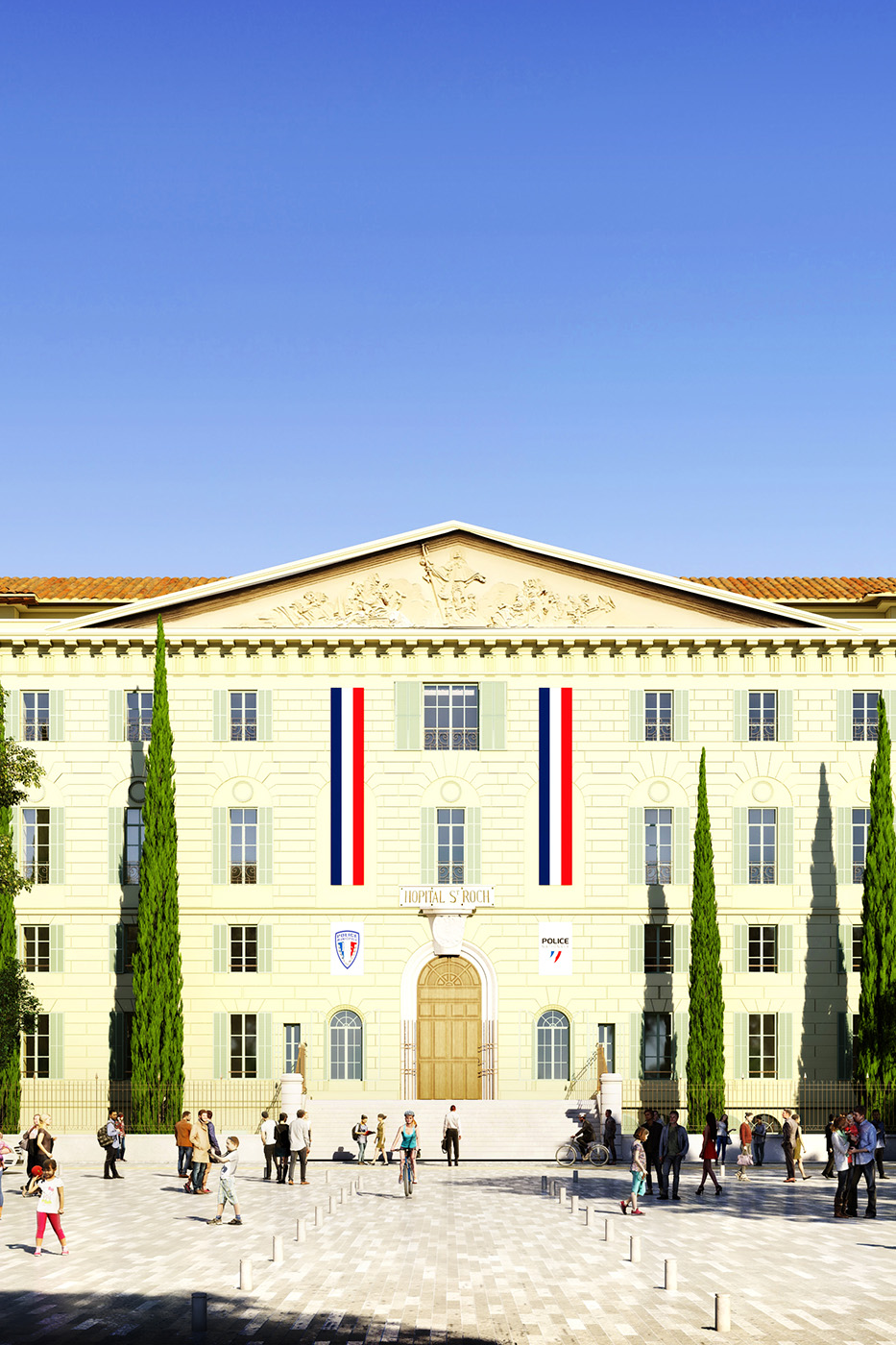

Typology :
Public buildings
Job :
Architecture
Coming soon
2025
Place :
Nice, France

INSEAD campus
Fontainebleau, France
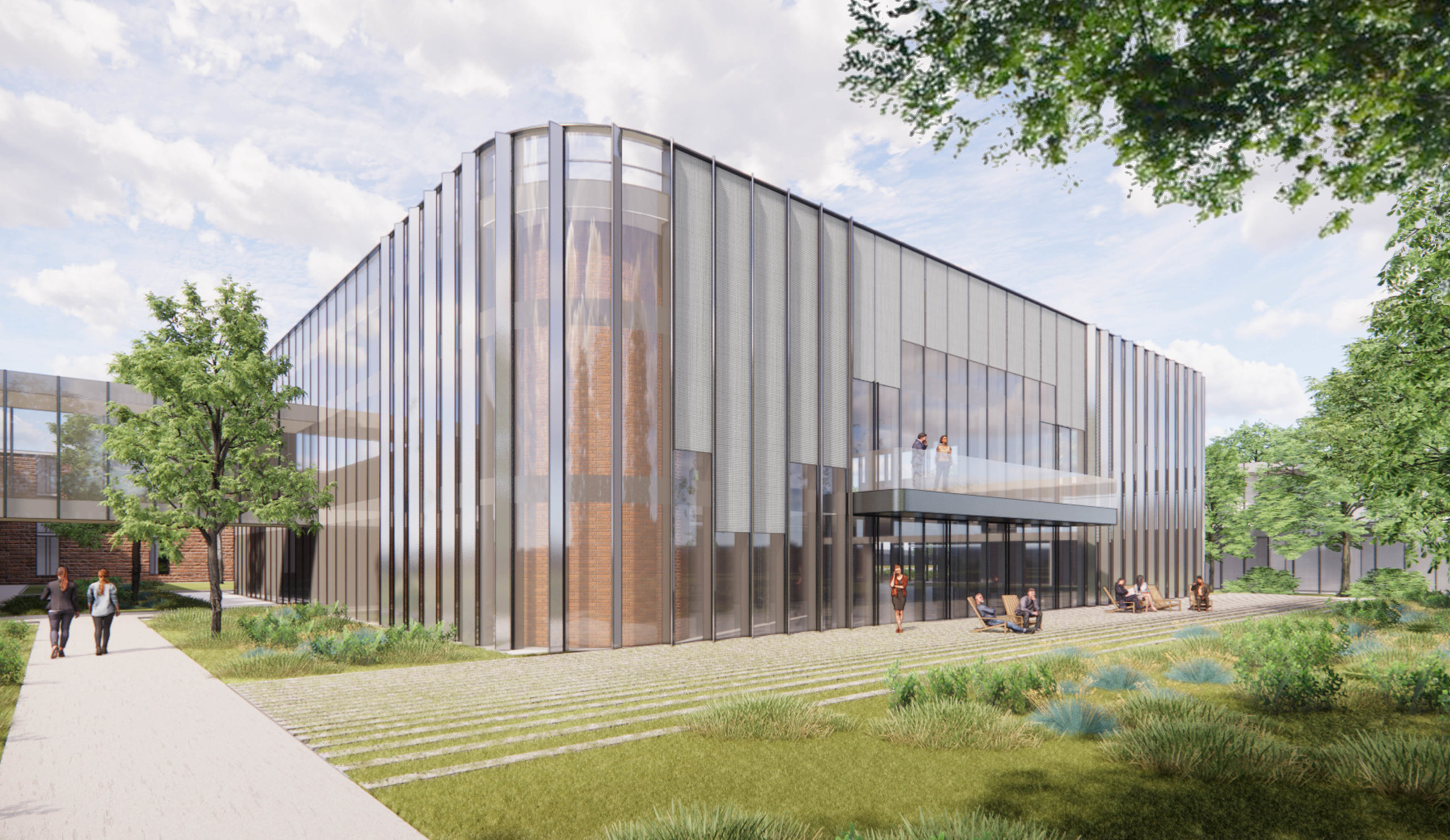

Typology :
Education & Universities
Job :
Architecture
In progress
2025
Place :
Fontainebleau, France

The Olivier Theatre
Istres, France
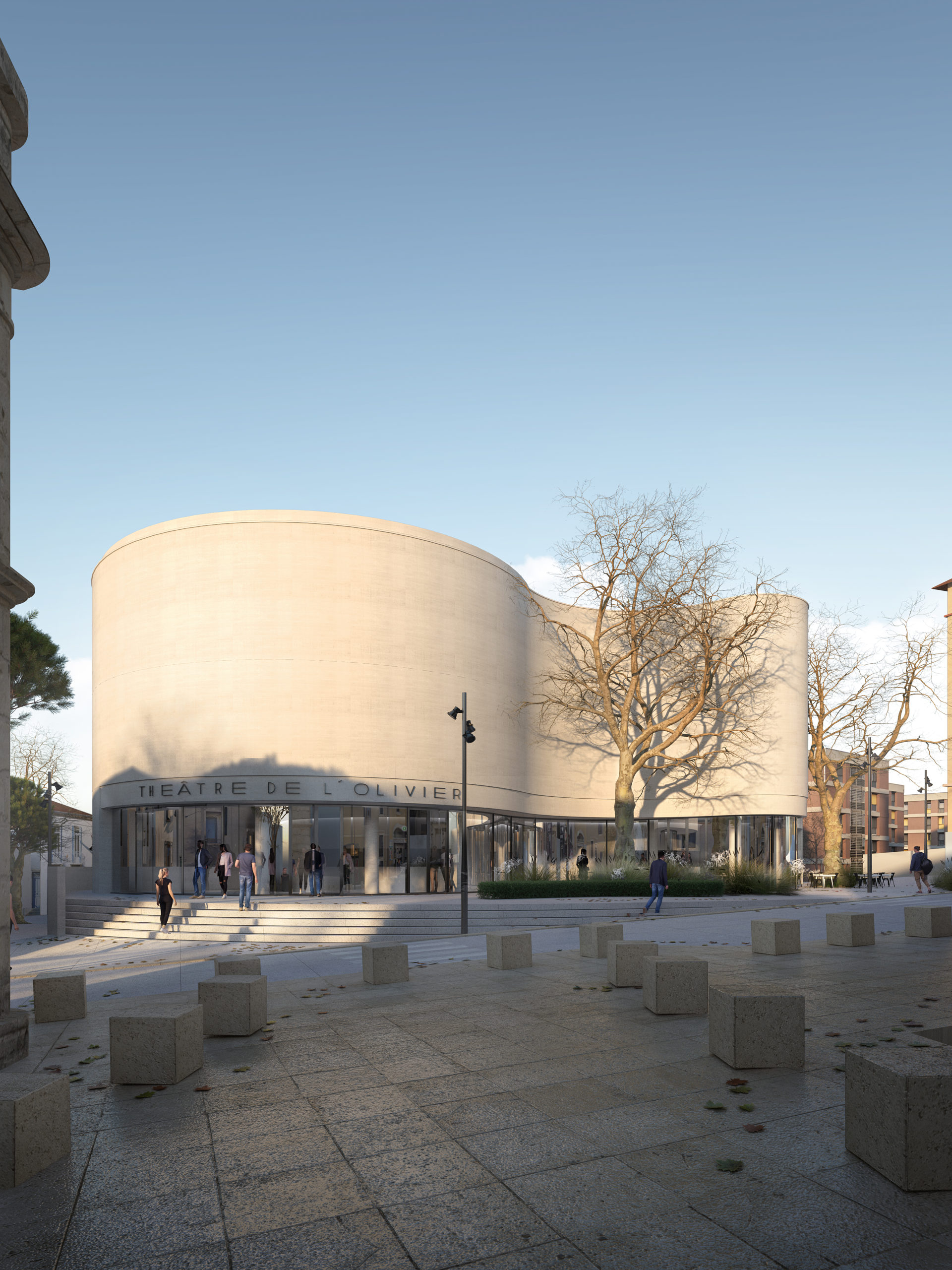

Typology :
Cultural buildings
Job :
Architecture
Coming soon
2025
Place :
Istres, France

Cognac National Interprofessional Office
Cognac, France
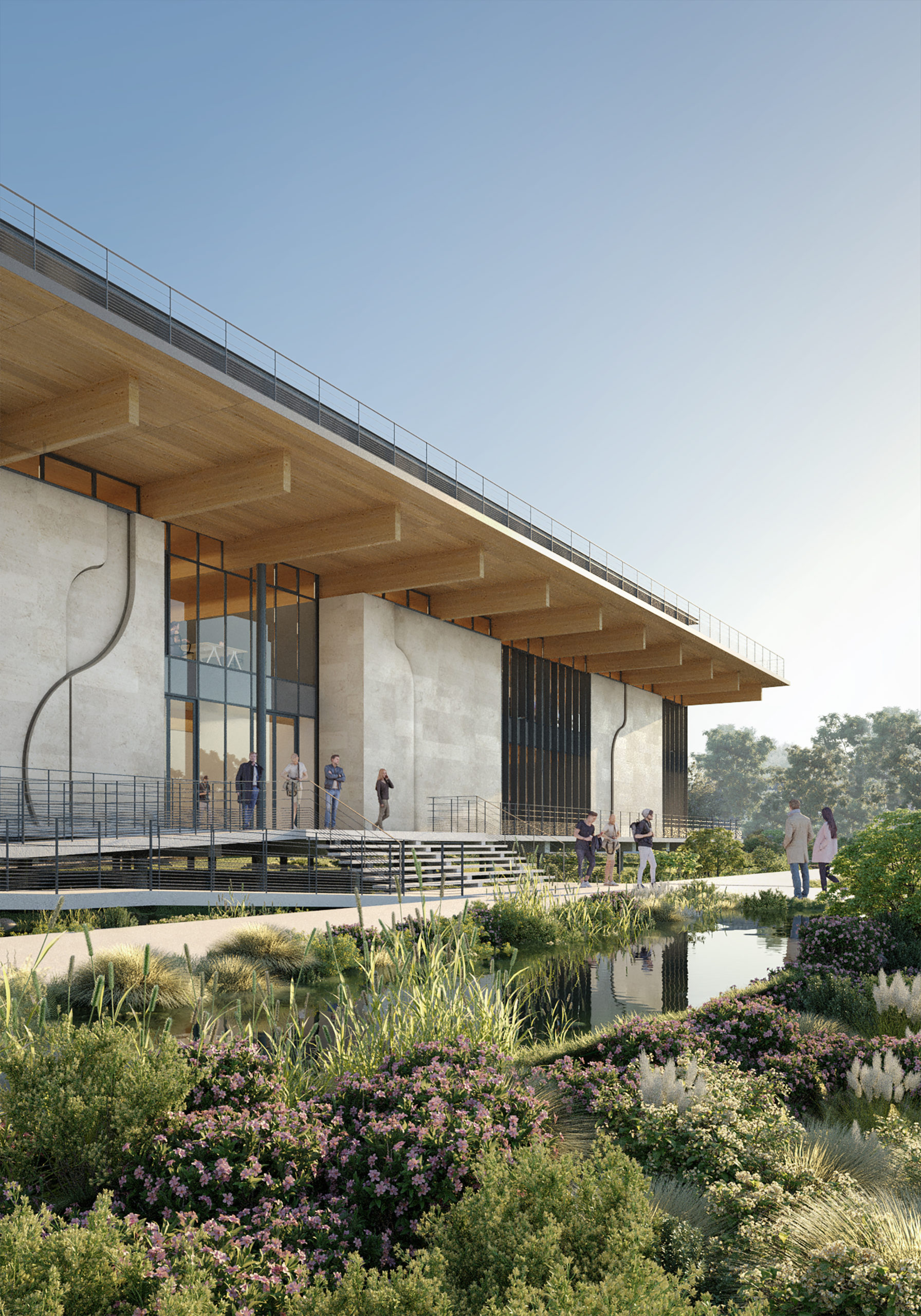

Typology :
Offices
Job :
Architecture
In progress
2025
Place :
Cognac, France

American Hospital of Paris
Neuilly-sur-Seine, France
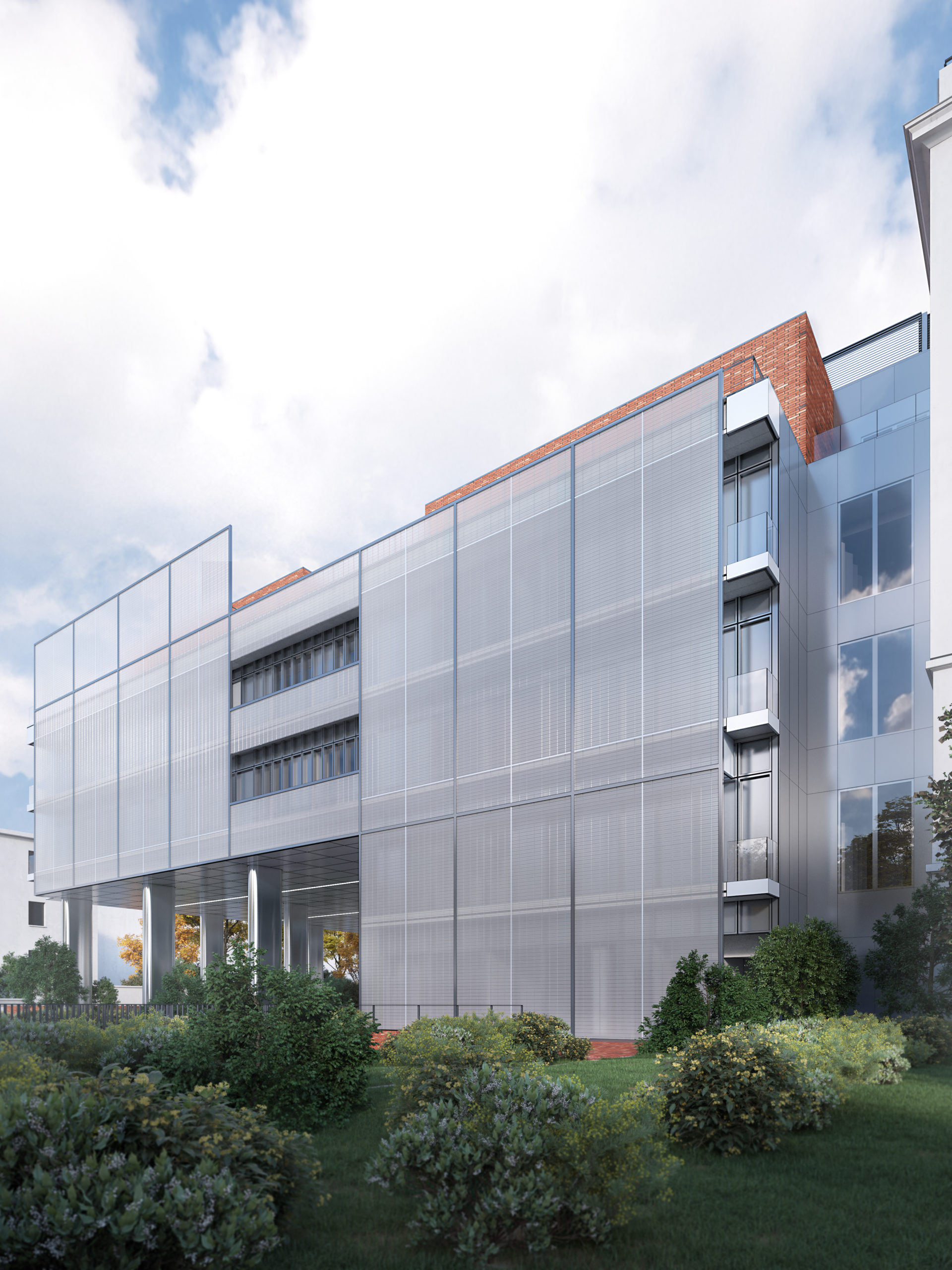

Typology :
Healthcare - Research
Job :
Architecture
In progress
2025
Place :
Neuilly-sur-Seine, France

Art Explora
Marseille, France
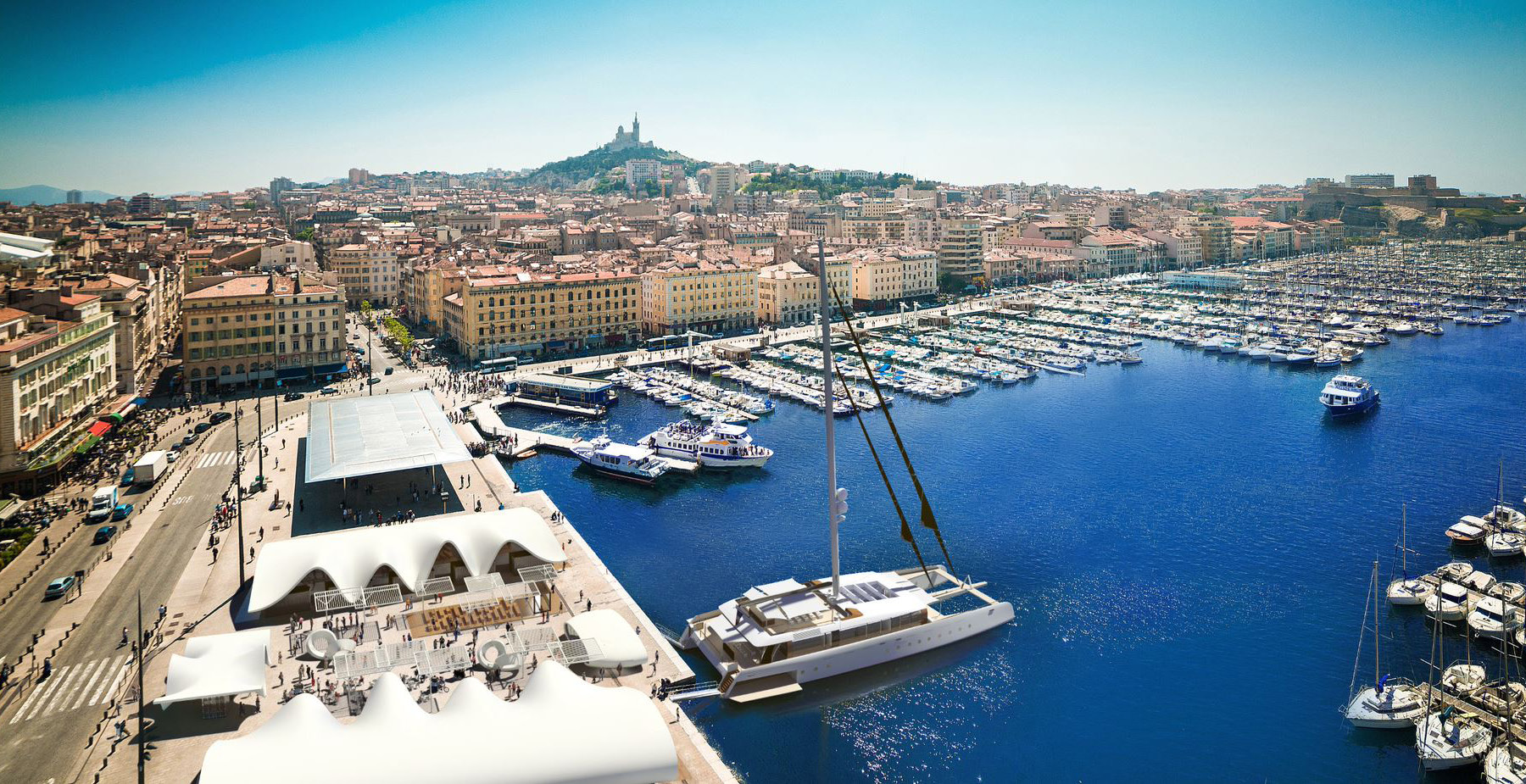

Typology :
Museum - Gallery
Job :
Architecture
In progress
2024
Place :
Marseille, France

Frans Hals Exhibition
Amsterdam, Pays-Bas
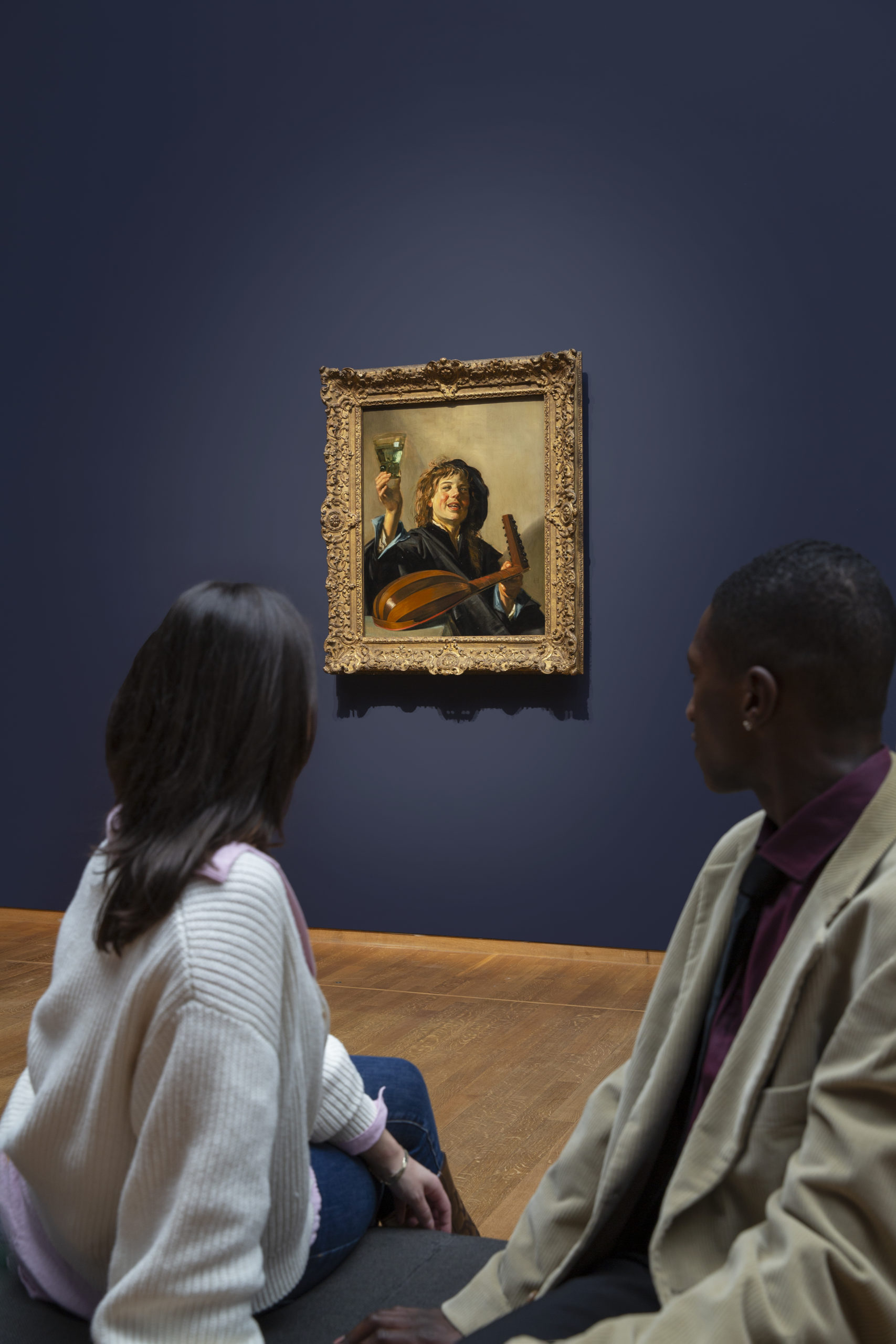

Typology :
Expositions
Job :
Museography, Scénographie
Finished
2024
Place :
Amsterdam, Pays-Bas

Forest Hill
Meudon
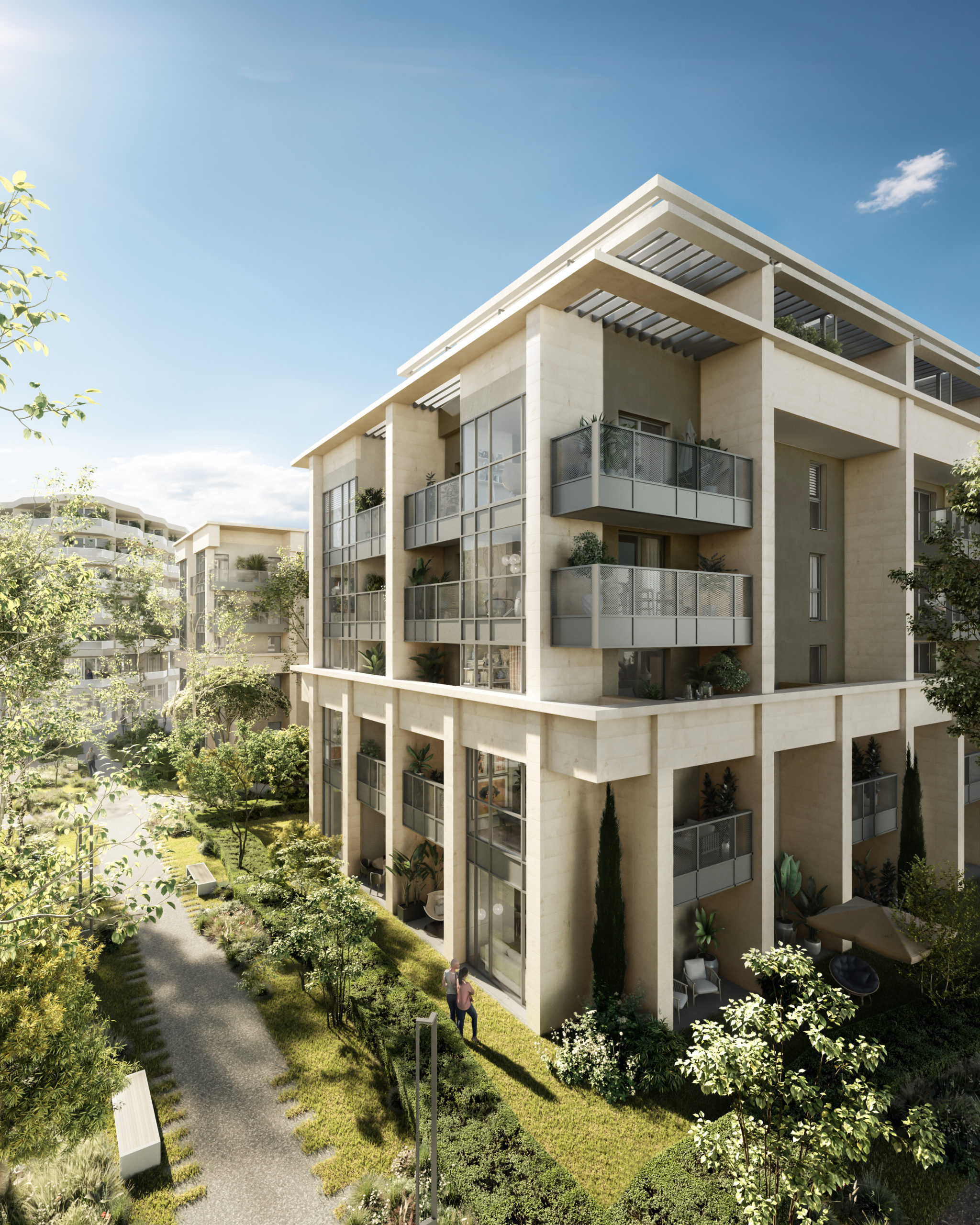

Typology :
Residential
Job :
Architecture
In progress
2024
Place :
Meudon



